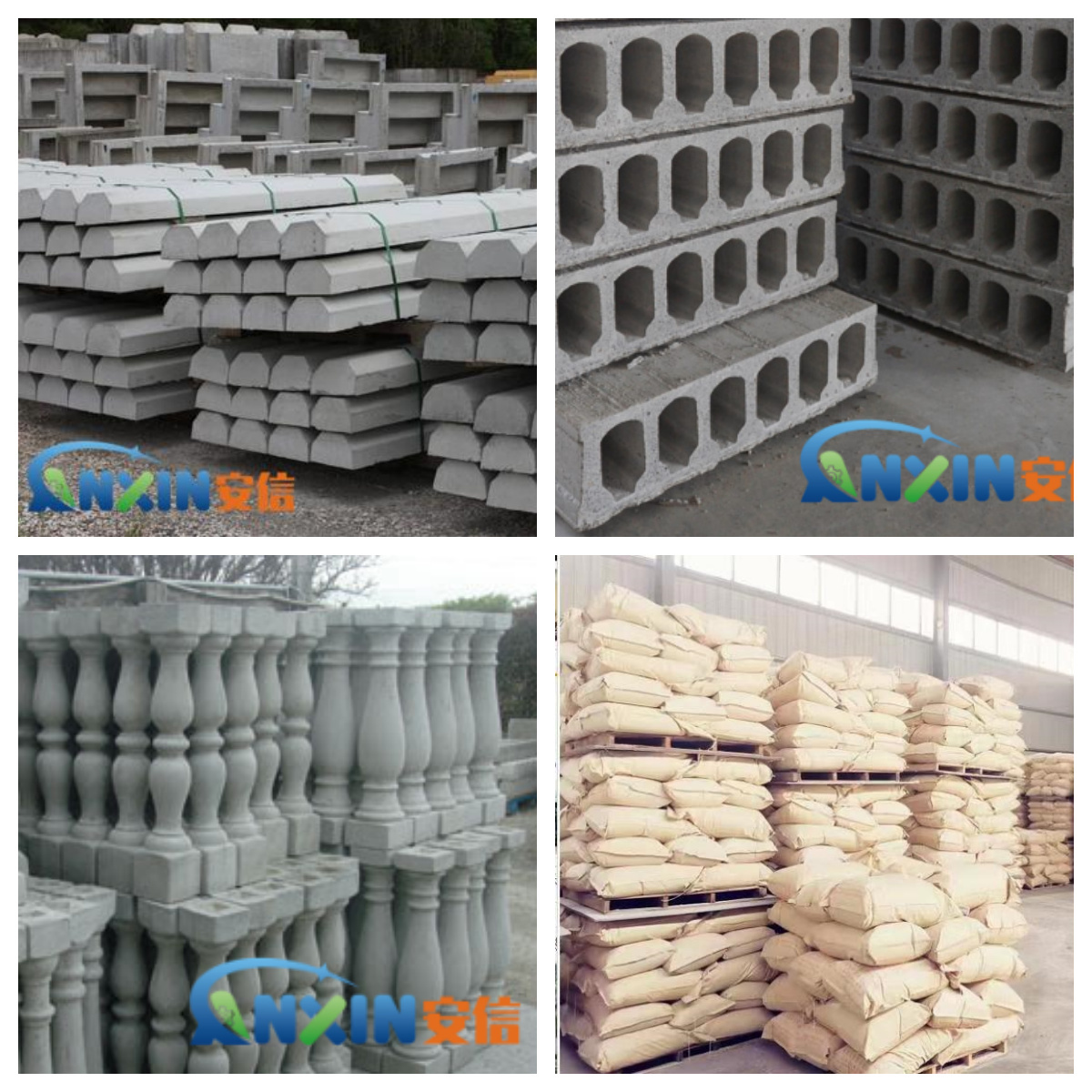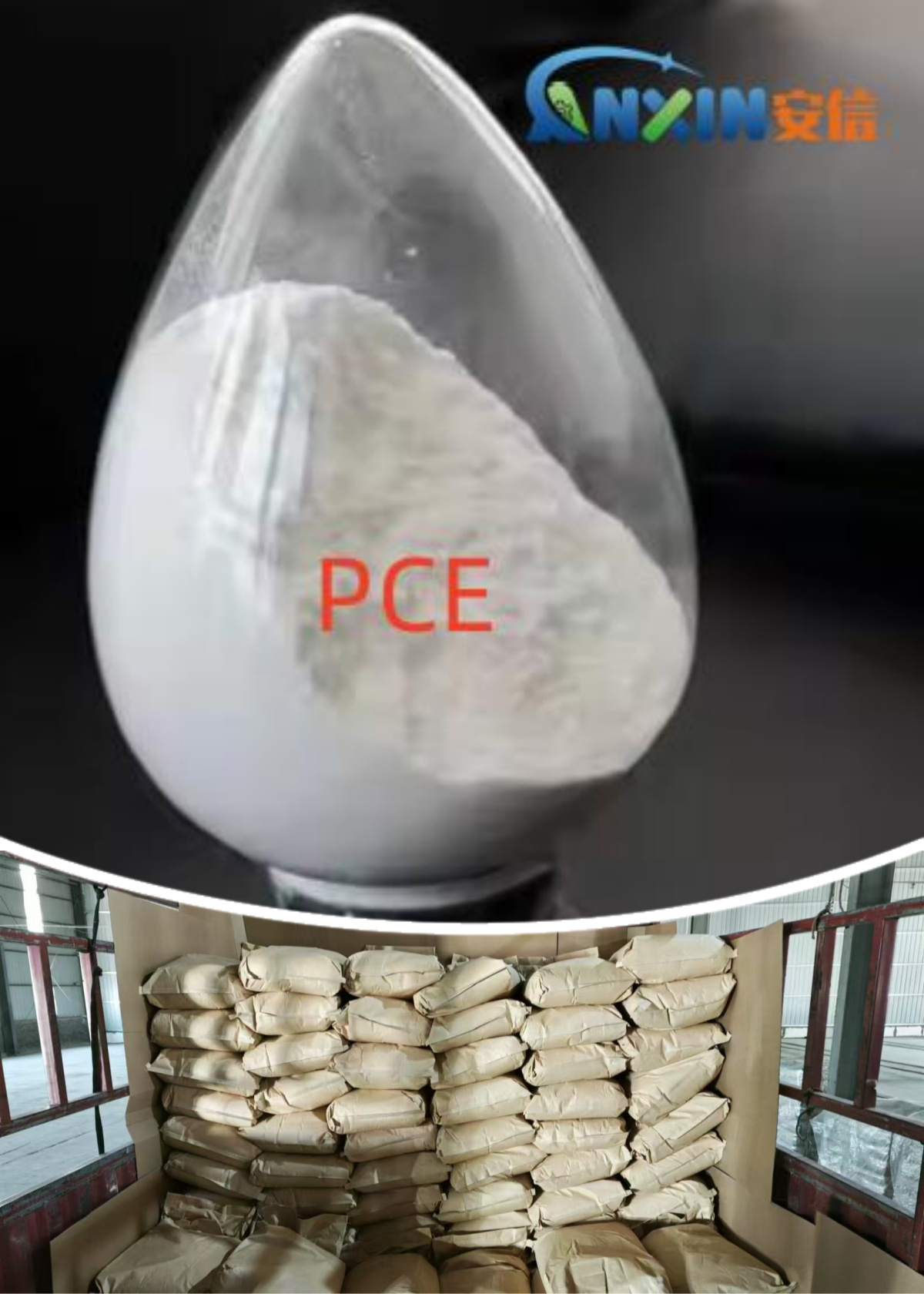Polycarboxylate water reducer (PCE) is a new type of environmentally friendly high-efficiency water reducer, which has been widely used in various concrete products, especially in the production of precast concrete products. With the advancement of building industrialization, precast components have developed rapidly in the fields of housing, transportation, municipal administration, etc., and PCE powder has become one of the key admixtures to improve the quality and construction efficiency of precast components due to its excellent performance and adaptability.
1. Introduction to PCE powder
PCE powder is a solid form of polycarboxylate water reducer with excellent dispersibility, collapse retention and compatibility. Compared with liquid PCE, PCE powder is easy to transport and store, suitable for use in dry-mixed mortar, dry powder building materials and water-free conditions, especially suitable for the needs of factory-based and mass production of precast concrete.
2. Characteristics and challenges of precast concrete
Precast concrete products include precast beams, precast wall panels, precast stairs, sleepers, pipe segments, etc. These components have the following characteristics:
High strength requirements: Concrete is required to have high early strength and final strength to speed up demoulding and transportation progress.
Good fluidity: Especially for self-compacting concrete (SCC) used for mold casting, good fluidity must be maintained to ensure density and appearance quality.
Quick construction cycle: Concrete is required to develop fast early strength, which is conducive to improving production efficiency.
High dimensional accuracy: The demand for small slump loss of concrete is more prominent.
Therefore, higher requirements are put forward for water reducers, that is, high water reduction rate, good slump retention and controllable setting time are required.
3. Advantages of PCE powder in precast concrete
3.1. High efficiency water reduction performance
PCE powder has excellent dispersion performance. It can wrap and disperse cement particles through the main chain and side chain structure in the molecular structure, and can achieve a water reduction rate of more than 20% at a lower dosage. This helps to improve the compactness and strength of concrete and meet the high performance requirements of precast components.
3.2. Excellent slump-preserving performance
Precast concrete production usually requires pre-mixing and transportation to the pouring location, requiring the concrete to maintain good fluidity for a certain period of time. PCE powder has strong dispersion stability, which delays slump loss while avoiding rapid water loss, ensuring the operability of concrete throughout the construction process.
3.3. Improve early strength
PCE powder optimizes the internal water-binder ratio and structural density of concrete, while promoting faster hydration reaction of cement, which helps to improve early strength. This performance is very suitable for the fast mold and fast demolding production process of precast components, shortening demolding time and improving mold turnover efficiency.
3.4. Good compatibility with a variety of cementitious materials
PCE powder has good adaptability to various types of cement and admixtures (such as fly ash, slag, silica fume, etc.), and is suitable for various mix designs. It can be flexibly adjusted according to project requirements to improve the overall performance of concrete.
3.5. Environmental protection and low carbon advantages
PCE powder itself is an environmentally friendly building material and does not contain harmful ingredients. Its excellent water reduction effect can reduce water and cement consumption, thereby reducing the carbon footprint of concrete, which is in line with the trend of green buildings and sustainable development.
4. Specific application cases of PCE powder in prefabricated components
Segment concrete: The segments used in shield tunnels require high strength, low shrinkage, and early strength of concrete. The use of PCE powder can ensure the quality, durability and demolding efficiency of the segments.
Sleeper production: The sleepers need to withstand large dynamic loads, requiring the concrete to have good compactness and toughness. The high water reduction rate of PCE powder helps to improve strength and durability.
Prefabricated wall panels: Prefabricated wall panels used in prefabricated residential buildings require good surface quality and dimensional accuracy. The use of PCE powder can significantly improve the surface molding effect of concrete.
PC components (prefabricated concrete): The use of PCE powder in components such as prefabricated beams and stairs can ensure the consistency and stability of mass production and improve construction efficiency.
5. Precautions for use
Dosage control: It is usually recommended that the PCE powder dosage be 0.1%~0.3% of the mass of the cementitious material. The specific dosage needs to be determined according to the raw materials and required tests.
Storage conditions: The powder needs to be stored in a dry environment to prevent moisture absorption and agglomeration, which will affect the performance.
Compatibility test with other admixtures: Compatibility testing is required when using other admixtures (such as retarders and expansion agents) to avoid performance failure.
PCE powder has become an indispensable admixture in precast concrete products with its advantages of high efficiency in water reduction, collapse protection, early strength and environmental protection. In the future, with the development of building industrialization and green building materials, the requirements for the performance of precast components will be higher, and PCE powder will continue to play an important role in performance optimization and intelligent regulation, providing strong support for the improvement of precast component quality and the transformation of building efficiency.
Post time: Jul-02-2025
